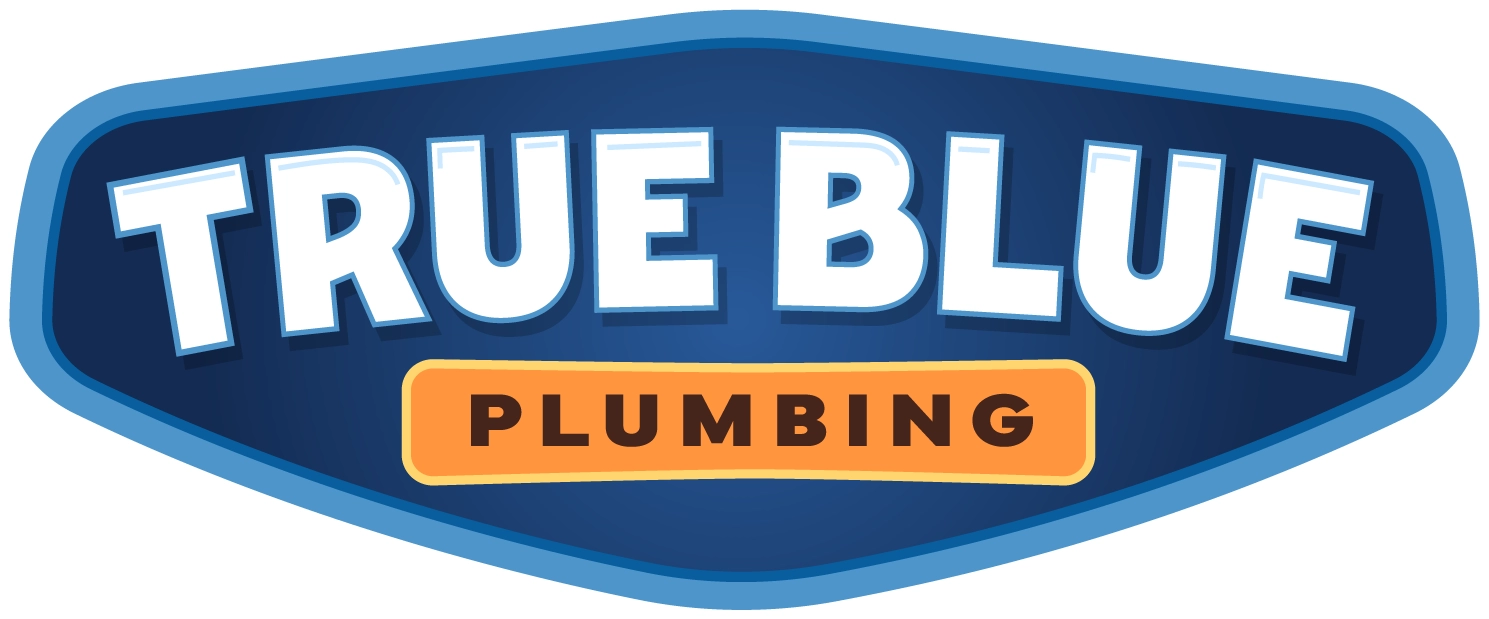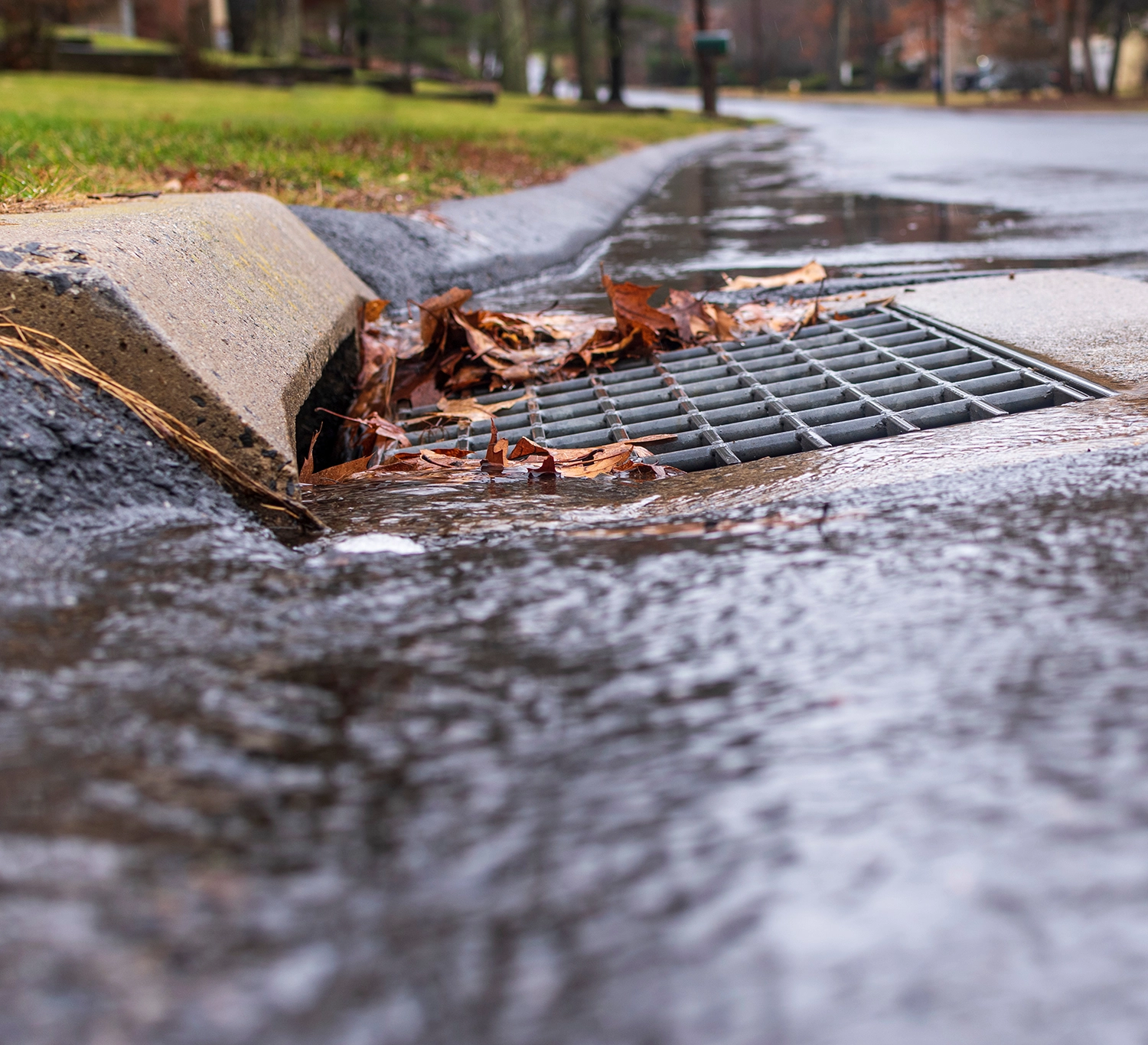Heavy rains or storms can turn our yards into wetlands and the streets into riverbeds. To make matters even worse, stormwater runoff can lead to sewer backup, which is messy and expensive. This nightmare scenario may be avoided in quite an effective way by cleaning and maintaining functional storm drains. This article will discuss how the storm drainage system works to prevent sewer backup and how making sure storm drains are clean prevents sewer backup. We will also discuss when to leave the job to the professionals and why this is necessary.
What is a Storm Drain, and What is Its Operation?
Please don’t ignore the storm drains near your home, as they are an integral part of your community’s drainage system. The essential purpose of these drains is to gather flood water and rainwater, discharge water from roads, car parks, and other surfaces, and divert it to avoid flooding. These storm drains are intended to divert such water toward adjacent bodies of water or the town sewer system.
Although household and storm drains may be structured similarly, their functions differ. Storm drains are designed to receive huge volumes of water sourced outside, while household drains are intended to receive used water from sinks, showers, and toilets. When these storm drains get clogged or blocked, they cannot perform their functions efficiently, which could result in backups.
What Role Do Storm Drains Play in Minimizing Sewer Backups
It is vital to maintain a clear storm drain of any debris to maintain order in the sewer system for the following reasons:
-
Water Diversion
Storm drains are crucial in helping drain excessive rainwater from roads, pavements, and buildings. If these drains are not blocked, they can take in a lot of water, preventing floods from building up at the doors of shops and houses.
-
Avoiding Sewer System Outflow Crises
Storm drain diminishes the chances of stormwater overwhelming the sewer systems. However, when such storm drains get clogged, rainwater has nowhere to go, so pressure builds up within the drain lines, pushing rainwater into the sewer lines. This leads to a sewer, causing sewage backup and spillage into the house that damages the property and causes health risks.
-
Flooding Prevention
Water stagnation can occur due to blocked storm drains straining the sewer systems. Excess pressure may burst sewer lines, flood basements, or damage other parts of the home. Storm drains prevent this since they ensure water does not pool around dwellings.
Impact of Blocked Storm Drain
Most of the people underestimate the effect of blocked storm drains. Here are a few of them which are worth mentioning:
-
The Possibility of Sewer Back-Flow Increases.
If storm drains get clogged, water meant to flow through the system flushes back into sewer lines. This unwanted buildup may cause sewer backflow, damaging the property when wastewater flows backward into the house’s drains.
-
Water Damage
Blockage of storm drains also floods homes, lawns, driveways, and garages, which are prone to water damage. It also erodes the soil surrounding the foundations, wearing down structural integrity, which can be expensive.
-
Health Risks
Sewage damage spills are messy, but the health consequences can be even worse. Disease-causing water contains bacteria, viruses, and pathogens, most likely affecting your family and those around you.
Methods in Maintaining the Cleanliness and Functionality of Storm Drains
Regular maintenance of your storm drains should not be a dreaded affair. There are several quick and easy methods that one can follow to keep them clear and working as they are supposed to:
-
Regular Inspection
Make it a point to check your stormwater drains from time to time, especially after it rains and before it rains. When checking the stormwater drain, a person is always advised to look for the debris, leaves, and trash inside the drain.
-
Proper Disposal of Waste
Storm drains frequently become clogged due to yard waste and improper trash disposal. Yard debris, such as fallen leaves and grass clippings, must be thrown out in its proper place instead of drying into the streets, where it eventually gets to the storm.
-
Community Involvement
Also, remind your neighbors to keep storm drains free from blockage. The more the storm drains are kept clean, the lower the sewer backups and flooding within the community will be.
Most Of The Curb And Gutter Maintenance
Storm drain maintenance has been known to help prevent sewer backups and plumbing issues. However, there are other steps you may take to safeguard your property from flooding:
-
Fitting Backflow Prevention Devices
A backflow preventer is a device used to avert the reverse flow of sewage back to the house, especially during floods. These devices are critical in areas having severe storms as they prevent the risk of sewer flooding.
-
Taking Care Of Your Sewer Lateral
By periodically assessing your home’s sewer line, you can prevent potential problems before they wreak havoc. Check-ups and any necessary maintenance can be done.
-
Landscaping – General Suggestions
Landscaping can also help control the movement of water around the house. Examples of measures are grading the lawn, which slants away from the house’s foundation, and building ditches. These will ensure water is channeled towards the storm drains and not gathered close to the house.
Given These Points
Does making sure storm drains are clean prevent sewer backup? Absolutely. Maintaining storm drains makes it easy to minimize sewer backups and avoid water damage to homes. This practice, as much as it involves community intervention and maintenance activities, eventually requires the assistance of professionals.
Let’s be serious; disasters are uncalled for in our lives, and nobody wishes for them because they come with unexpected costs. Contacting TrueBlue Plumbing is the best decision since they are always ready to answer your call. We can assist you in installing a backflow prevention device. Stay safe and in the know!


